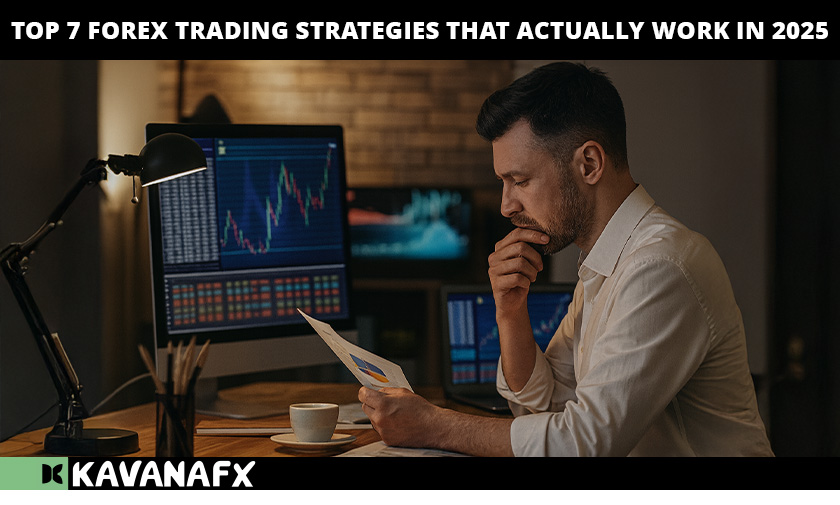In today’s fast-paced world of forex trading, having the right strategy is what may make the difference between consistent returns and a sore heart. There is no single answer — instead, the best forex trading strategies of 2025 are those that match your personality, risk tolerance, time commitment, and style of trading.
This guide introduces the most reliable forex strategies, explains when and how to use them, and highlights the pros and cons of each — whether you’re into scalping, day trading, or swing trading.
Understanding the Main Forex Trading Styles
Before we get into specific techniques, you need to know your trading personality. You’re stuck to the screen all day long? Or do you like to let trades run for a few days? Here’s a brief rundown on big trading styles:
Scalping
• Timeframe: Seconds to minutes
• Objective: Grab small gains often
• Tools: Quick execution, 1-minute and 5-minute charts
• Ideal For: Experienced, high-speed traders
Day Trading
• Timeframe: All positions closed by day’s end
• Objective: Follow daily price action
• Tools: Technical indicators, intraday patterns, news
• Best For: Day traders who have a few hours a day
Swing Trading
• Timeframe: Days to weeks
• Objective: Follow trends and market swings
• Tools: Support/resistance, trend indicators
• Best For: Busy professionals or part-time traders
Now that you know your style, let’s get into the 7 high-performing strategies used by victorious forex traders in 2025.
1. Moving Average Crossover Strategy
This classic trend-following strategy uses two moving averages (usually a short-term and long-term MA) to identify buy/sell signals.
How It Works:
• Use a fast MA (e.g., 9 EMA) and a slow MA (e.g., 21 EMA)
• Buy Signal: When fast MA crosses over slow MA
• Sell Signal: When fast MA crosses under slow MA
Advantages:
• Simple and graphical
• Great at determining trends
• Works on multiple timeframes
Drawbacks:
• Generates false signals in ranging markets
• Lags behind price
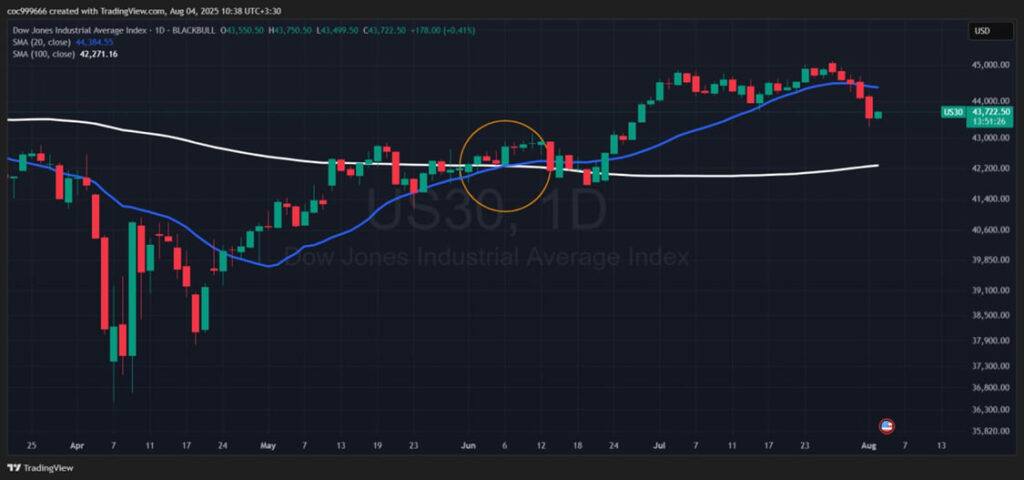
Ideal For: Swing and day traders looking for trend direction
2. RSI (Relative Strength Index) Reversal Strategy
The RSI measures price momentum and indicates whether a pair is overbought or oversold.
How It Works:
• RSI > 70 = overbought → sell
• RSI < 30 = oversold → buy
• Combine with support/resistance to confirm
Pros:
• Great at picking up reversals
• Simple to use and used everywhere
• Can be adapted for levels of varying volatility
Cons:
• Can stay overbought/oversold in strong trends
• False reversals if traded alone
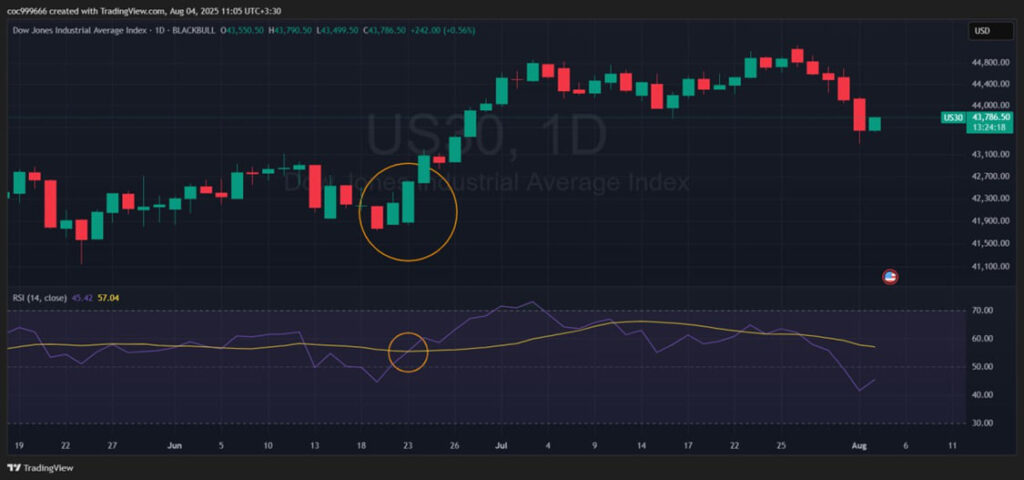
Best Used By: Swing traders looking for inflection points
3. Breakout Strategy
Breakouts occur when price breaks through a key support/resistance level — usually triggering strong momentum moves.
How It Functions:
• Identify major consolidation regions or chart patterns (triangles, rectangles)
• Wait for a strong candle to break it
• Enter on breakout and set SL just below/above the level
Advantages:
• Captures huge, explosive trades
• Best with news releases
• Best in choppy market conditions
Disadvantages:
• False break (false break + reversal) risk
• Requires tight risk control
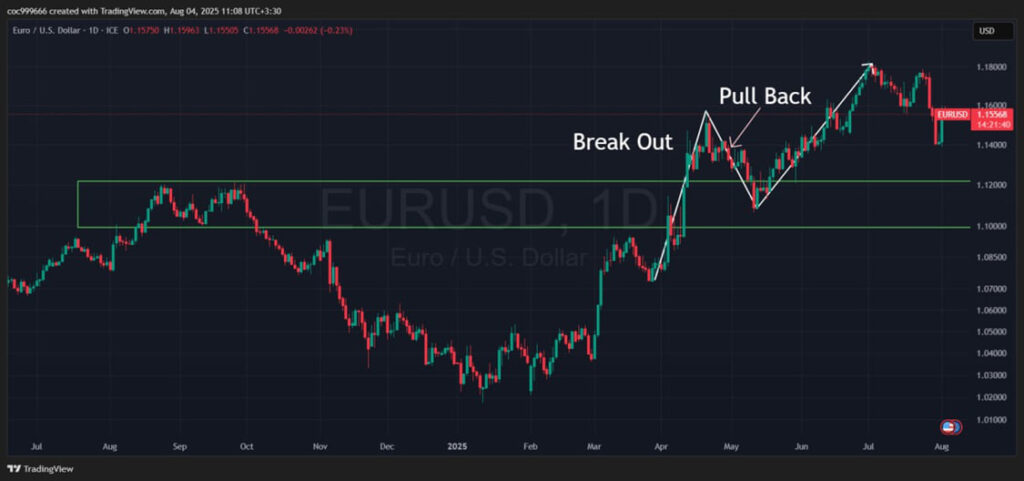
Best Suited For: Day traders and swing traders monitoring market structure
4. Trendline Bounce Strategy
The method utilizes freehand trendlines as dynamic support and resistance to trap trades in trends.
How It Works:
• Draw trendline on swing highs/lows
• Price retreats and bounces off trendline
• On the bounce with confirmation (e.g., bullish engulfing candle)
Advantages:
• Allows visual definition of market structure
• High-probability trend entries
• Simple to be applied in combination with other tools (RSI, MA)
Disadvantages:
• Requires practice to draw neat, valid trendlines
• No application in ranging markets
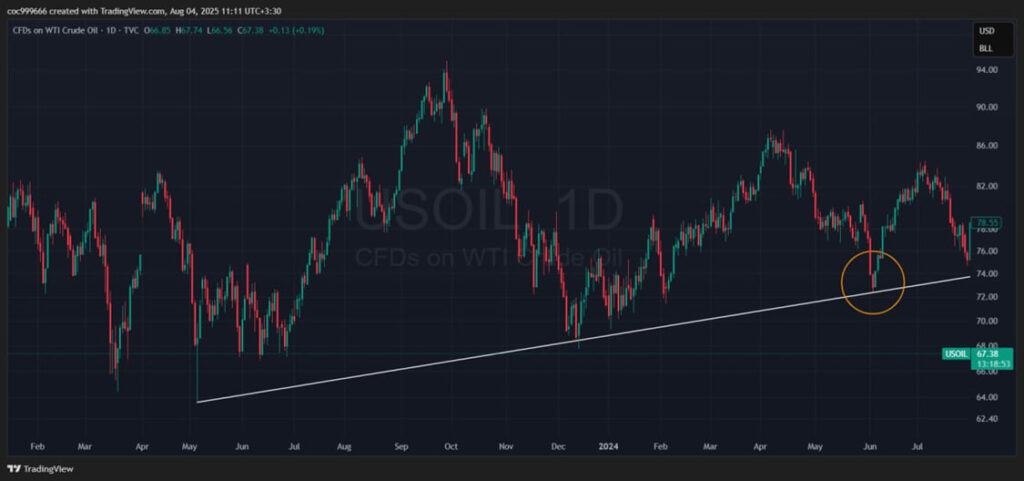
Best Used By: Swing traders who enjoy visual confirmation
5. Fibonacci Retracement Strategy
Fibonacci levels come in handy to find retracement zones in trending markets.
How It Works:
• In an uptrend, graph Fib low to high
• Watch for pullbacks at 38.2%, 50%, or 61.8% levels
• Enter on reaction of price with candlestick confirmation
Advantages:
• Excellent for “buying the dip” or “selling the rally”
• Leverages trend continuation
• Awesome R:R when combined with SL/TP zones
Disadvantages:
• Needs clean trends to work
• Doesn’t work in choppy markets
• Fib levels are arbitrary
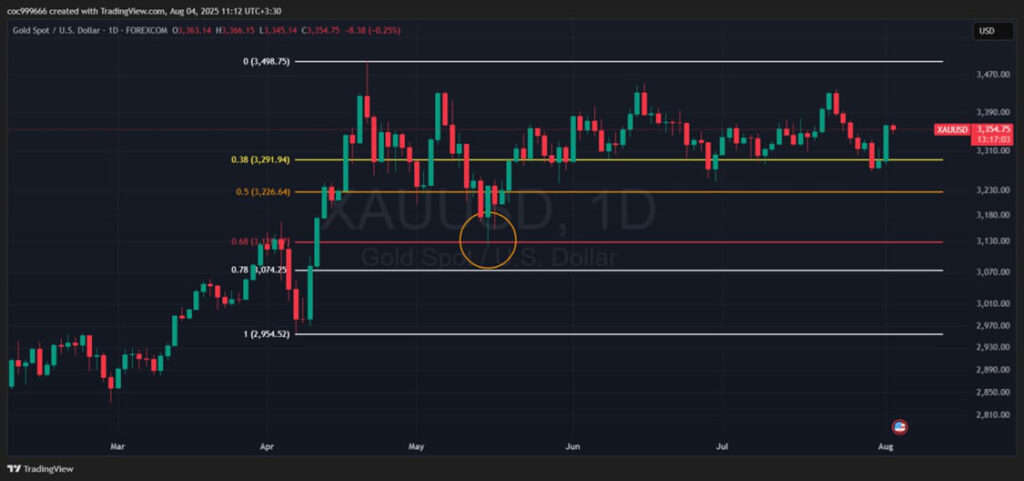
Best Utilized By: Swing traders utilizing structure-based entries
6. London Breakout Strategy
This intraday strategy targets the high volatility of the London open (8 AM GMT) — typically the most active part of the day.
How It Works:
• Mark high and low of Asian session (00:00–06:00 GMT)
• Place pending orders slightly beyond this range
• Buy/sell on breakout, ride the momentum during London session
Advantages:
• Quick trades, normal pattern
• Compliant with GBP and EUR pairs
• High volatility = large price movements
Disadvantages:
• Bad on low-volatility days
• Susceptible to fakeouts without confirmation
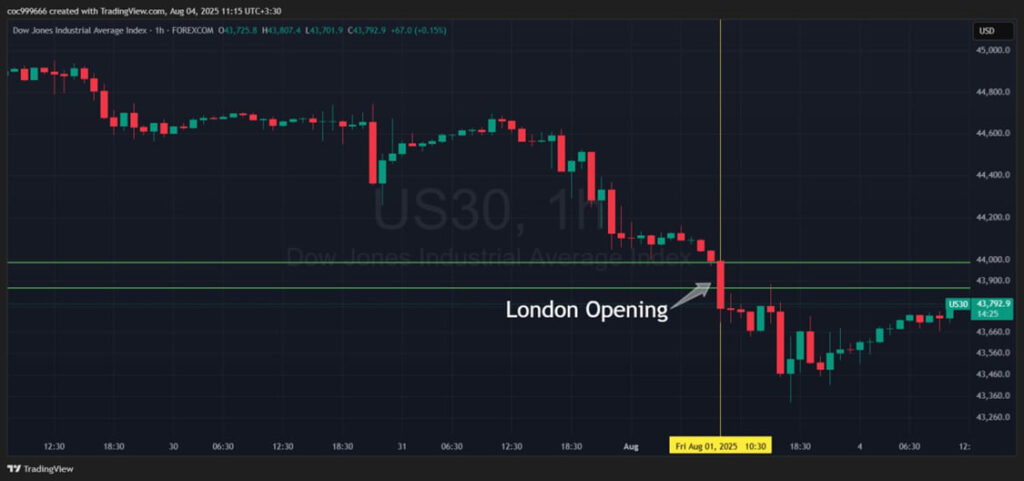
Best For: Day traders trading London hours
7. News-Based Trading Strategy
This strategy employs economic news events (e.g., NFP, CPI, interest rate releases) for short-term high-impact trades.
How It Works:
• Use economic calendar (e.g., Forex Factory)
• Choose high-impact news
• Use pending orders or wait for breakout on release
• Hedge risk — spreads can widen substantially
Strengths:
• Immense opportunities in short time periods
• Generally produces massive, fast market moves
• Compatible with major pairs
Weaknesses:
• Extremely risky with no plan
• Widening and slippage normal
• Requires quick implementation
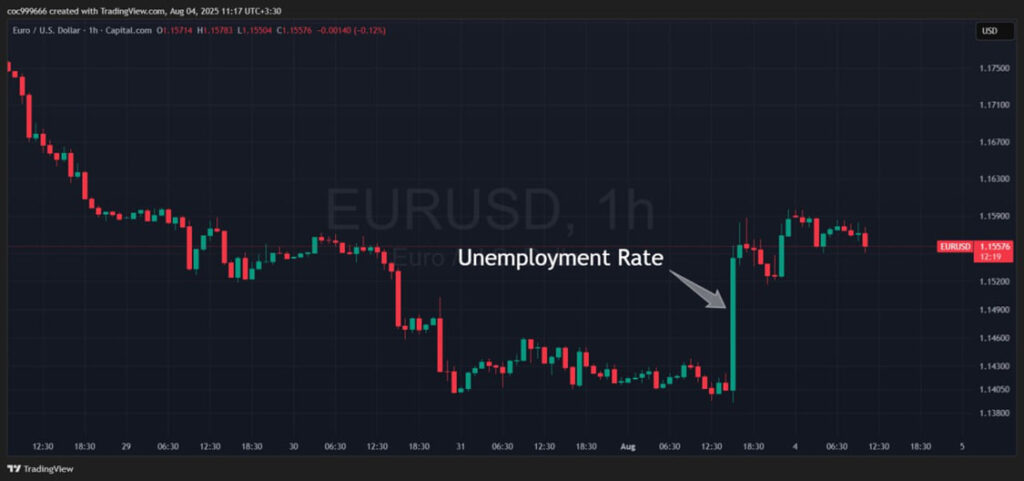
Ideal Used By: Seasoned traders with knowledge of volatility and risk
Quick Strategy Comparison Table
| Strategy | Timeframe | Best For | Market Condition | Complexity |
| MA Crossover | Any | Trend traders | Trending | Simple |
| RSI Reversal | 1H–Daily | Swing traders | Range/Reversal | Easy |
| Breakout | 15m–4H | Day/Swing traders | Volatile/Consolidation | Moderate |
| Trendline Bounce | 1H–Daily | Swing traders | Trending | Moderate |
| Fibonacci | 4H–Daily | Swing traders | Trending | Moderate |
| London Breakout | 15m–1H | Day traders | Volatile (London open | Easy |
| News Trading | 1m–15m | Advanced traders | High-impact events | Advanced |
Last Tip: Choose One, Master It
Too many newbies jump from strategy to strategy — sometimes it’s even called “strategy-hopping” — without mastering any one of them.
The best forex strategy is the one you:
• Fully understand
• Can trade with discipline
• Regularly backtest
• Can tailor to your own personality
It’s better to be a one-trick master than to try seven without a system.
CTA: Ready to Discover Your Ideal Forex Strategy?
Let’s put your knowledge to the test and determine which of these strategies works best for you.
Try our Strategy Fit Quiz on the KavanaFX Platform
• ✅ Personalized outcome
• ✅ No sign-up required
• ✅ Immediate strategy suggestion
• ✅ Try it immediately with a free demo account
Start your Strategy Exam here »[لینک]
Summary
In 2025, forex trading is still best left to disciplined, clear thinkers, and strategists. It makes no difference if you’re trading the 1-minute chart or holding for a week — your strategy is your map.
By learning and following one of these 7 successful forex trading strategies — and sticking to your process — you give yourself a serious edge in the market.
Keep learning. Keep refining. And always manage your risk.
Frequently Asked Questions
1. What is the most effective forex trading strategy for beginners in 2025?
For beginners in 2025, the most effective strategy is often the Moving Average Crossover. It’s simple to understand, uses clear buy/sell signals, and works best on trending currency pairs. Paired with basic risk management, it can help new traders build confidence without being overwhelmed by complex indicators.
2. Can I use multiple forex strategies at the same time?
Yes, you can combine strategies, but it’s essential to test them thoroughly first — preferably in a demo account. Many traders use a primary strategy (e.g., trend-following) and a confirming indicator (like RSI or MACD) to reduce false signals. Just be sure your combined system doesn’t become too complicated or contradictory.
3. Are these forex strategies still effective in 2025 with AI and algorithmic trading dominating the markets?
Absolutely. While algorithmic trading has grown, retail forex strategies based on price action, indicators, and human psychology still work — especially on longer timeframes like swing or position trading. The key is discipline, proper risk control, and adapting to market volatility and news-driven moves.
4. How do I know if a strategy actually works for me?
You’ll only know through backtesting and demo practice. Apply the strategy to historical charts, then test it live in a risk-free demo account for several weeks. Track performance with a trading journal. A working strategy should be understandable, repeatable, and consistently profitable in your hands.
5. Where can I test these forex trading strategies without risking real money?
You can test all 7 strategies featured in this article for free using the KavanaFX platform’s demo account. It simulates real market conditions using virtual funds, letting you refine your skills and build confidence before going live.
Start your free strategy exam on KavanaFX now
